The Warehouse District
In this analysis and study I’m going to be looking at how the warehouse district in downtown Raleigh has changed in the past few years and consequently how mobilities have been affected. In the past this area existed as warehouses and industry for many local companies whether this be Dillon supply or the train station. As industry left, the area remained as simply a mix of abandoned or partially-used warehouses and smaller local business. In the past few years there has been a large resurgence in activity within this area underneath the larger project of revitalizing the neighborhood and bringing people back to the area by turning it into a more eclectic area of art galleries, tech companies, and restaurants. It is interesting to view how mobilities have been affected in this area through these new developments, and how people move through this space different than they have in the past. New spaces have been created both in the semi-public and public realms. How does this affect people’s perceptions and movement in this area of downtown Raleigh, expanding out to the larger cities? Goffman comes into relevance within this area as this part of Raleigh can be seen as a stage for certain top-down perception creation. Is the warehouse district a worthwhile endeavor for the citizens of Raleigh in creating an inviting downtown, or is it merely a false advertisement of new commercialism to attract people to the city?
The First Step
In this first step of my study, I wanted to focus on what I experienced in the space before its transformation. I have explored this area many times for the purposes of photography, and documenting the dilapidated nature of the warehouses in that area. In my past times in this area, it felt very grey and quiet with a lack of pedestrian traffic. Thinking back in the past, there was not much of a drawing force for this area, it merely existed as a historical time capsule for Raleigh. The train station was one of the only main points of moving people throughout the city and beyond. Buses and street parking remained in use, but at that point in time they were merely brief pauses to get people to move further into the city or out. I have taken a multitude of photos of these old warehouses (on film originally), and many of them no longer exist, or have been changed drastically from their original forms. Overall, in the past few years this area existed as a mobility “pausing” point, but in its up and coming state, there are a lot more reasons for people to stick around and move into the district.
Past vs. Present
Below these images contrast some of the original buildings vs. what is currently in their place.
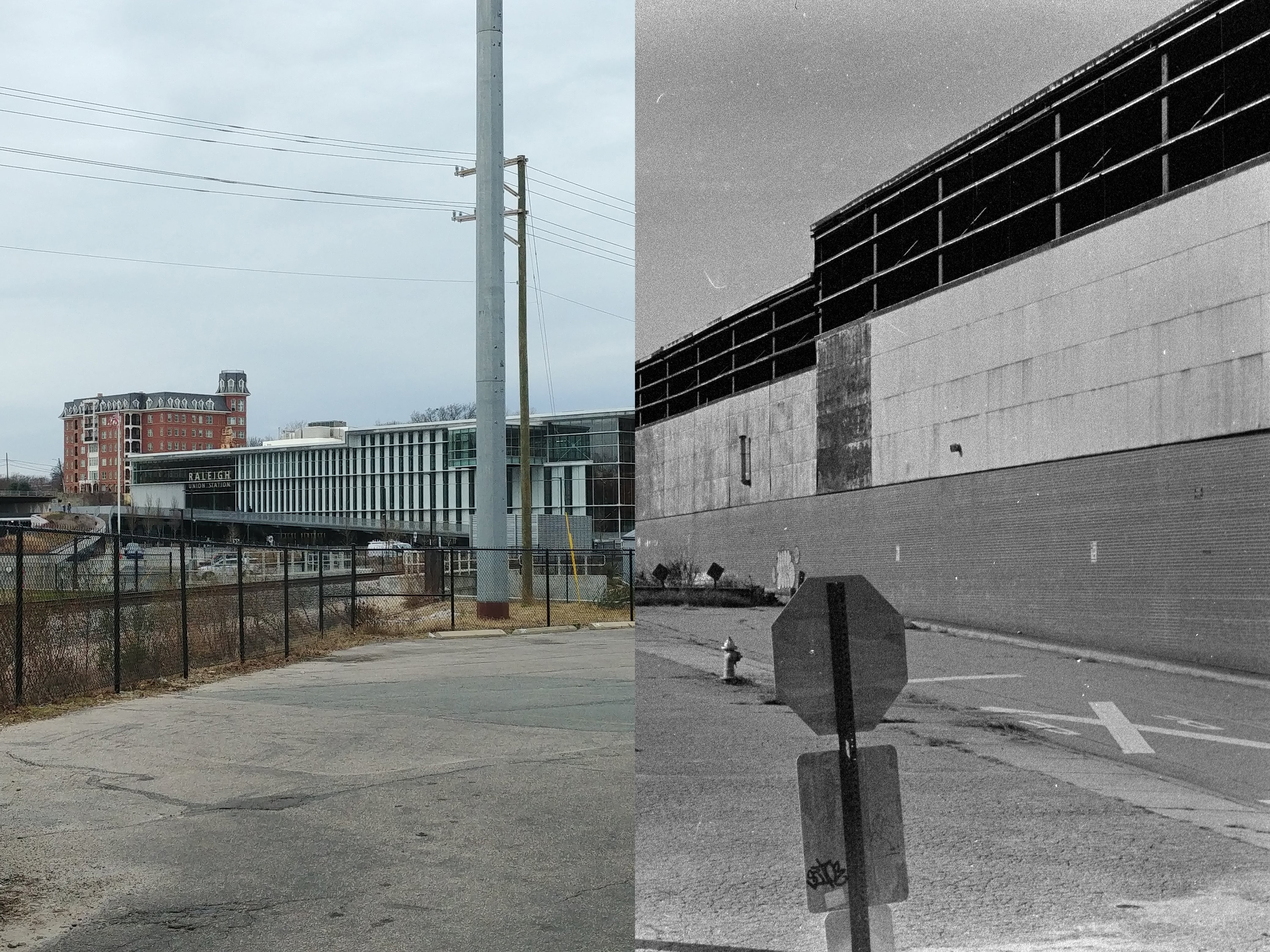
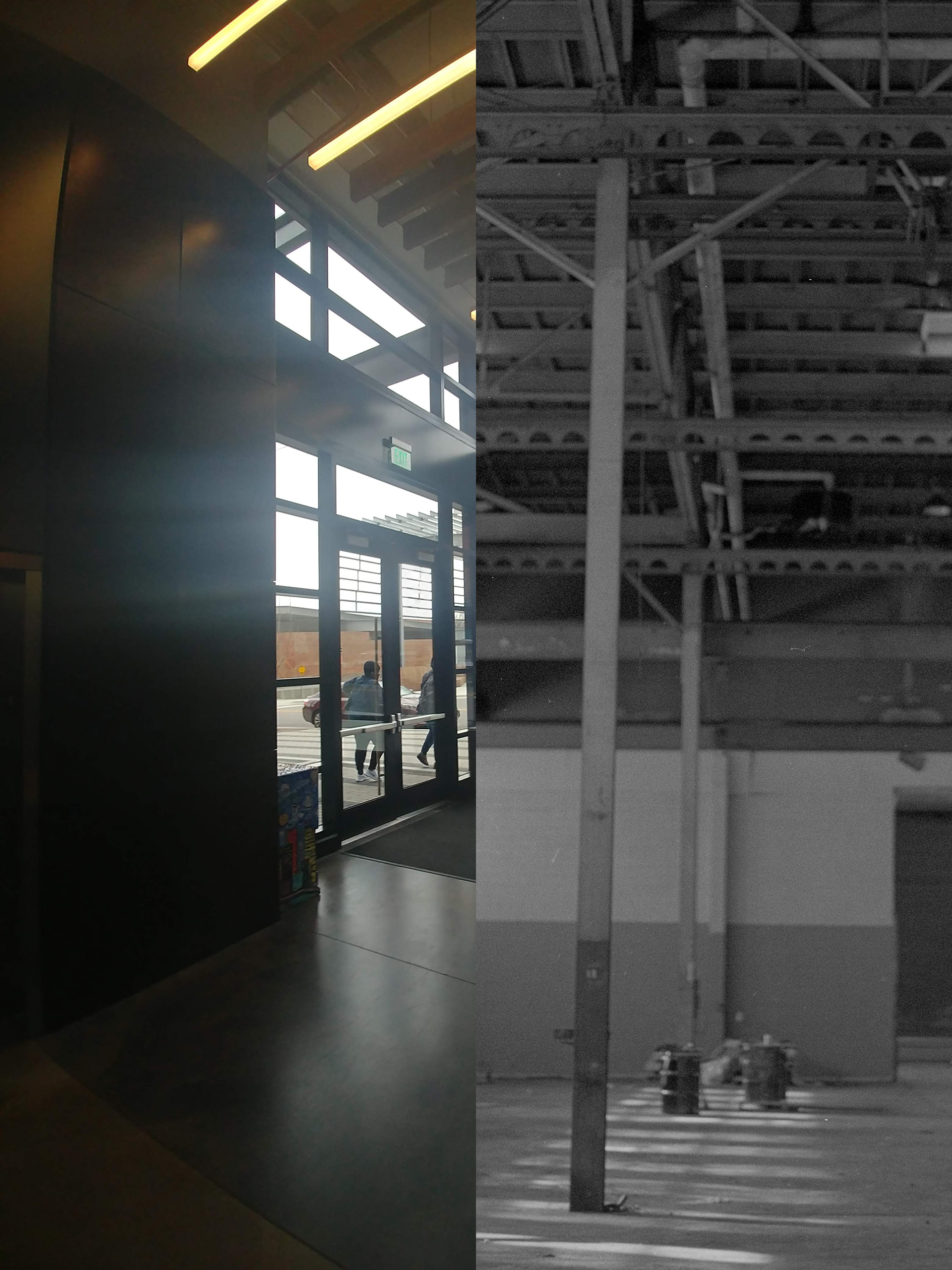
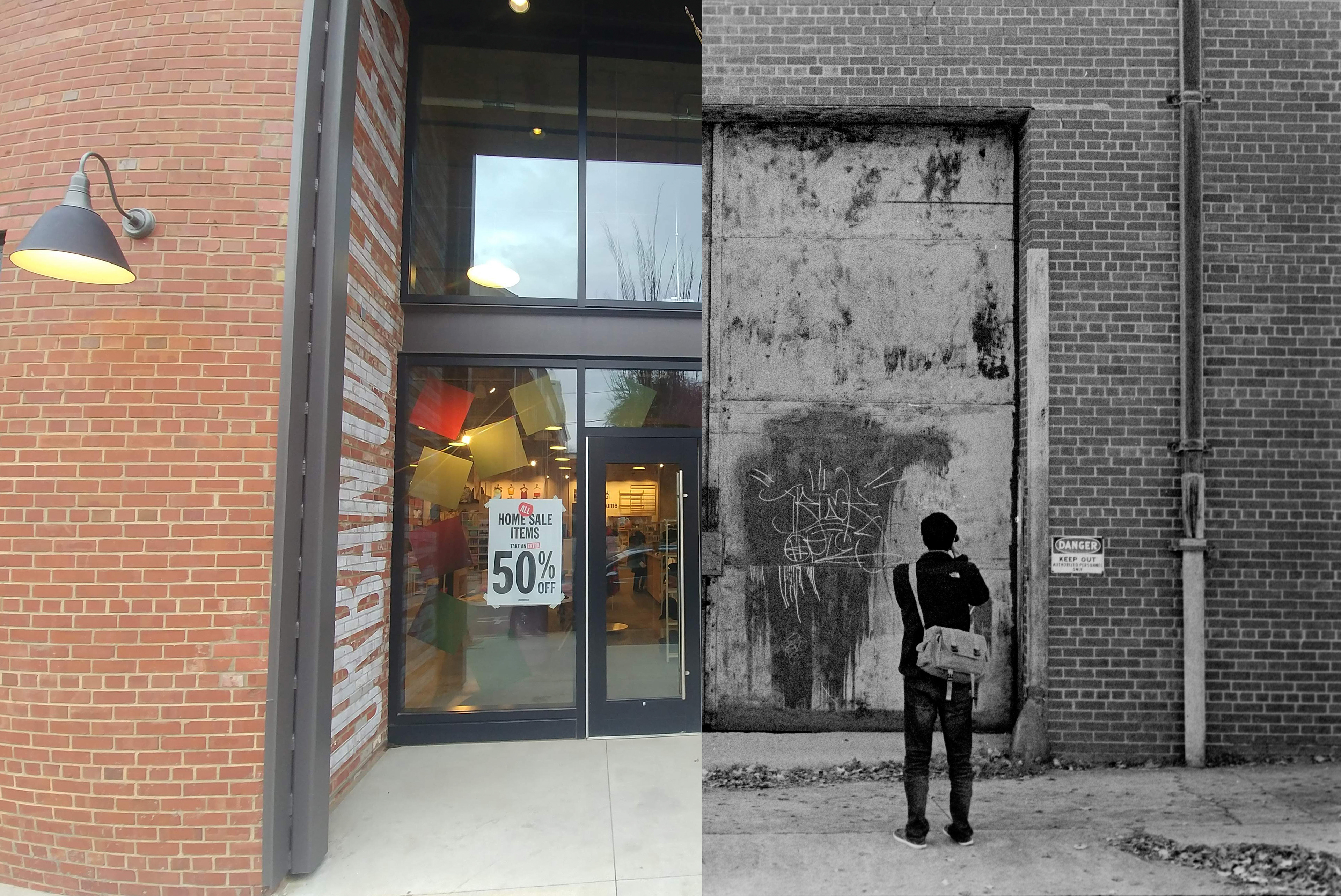
Examining Mobilities at Scale
These next annotated maps represent mobilities within Raleigh from a larger scale, to the smaller scale of the warehouse district. It is important to note the area in which the warehouse district lies. It is a key intersection of major traffic routes between NC State campus, Cameron Village, and the rest of downtown. This positions the warehouse district not only as a transitionary space between these larger areas, but also a destination.
Old Artifacts Remaining
These images show a snapshot of parts of the warehouse district that still remain old or untouched. Many of these are representative of how other buildings that have since been transformed used to look.
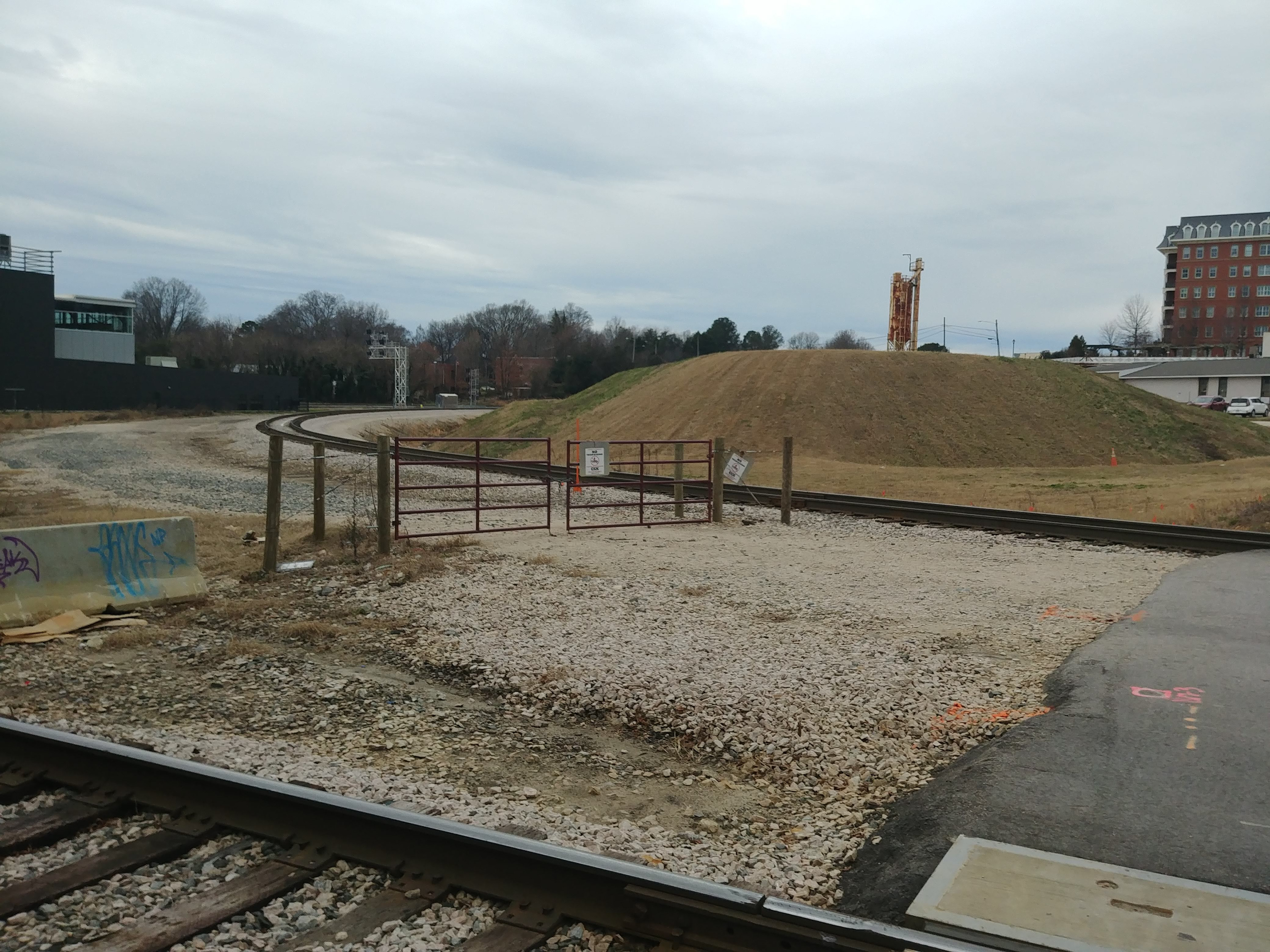
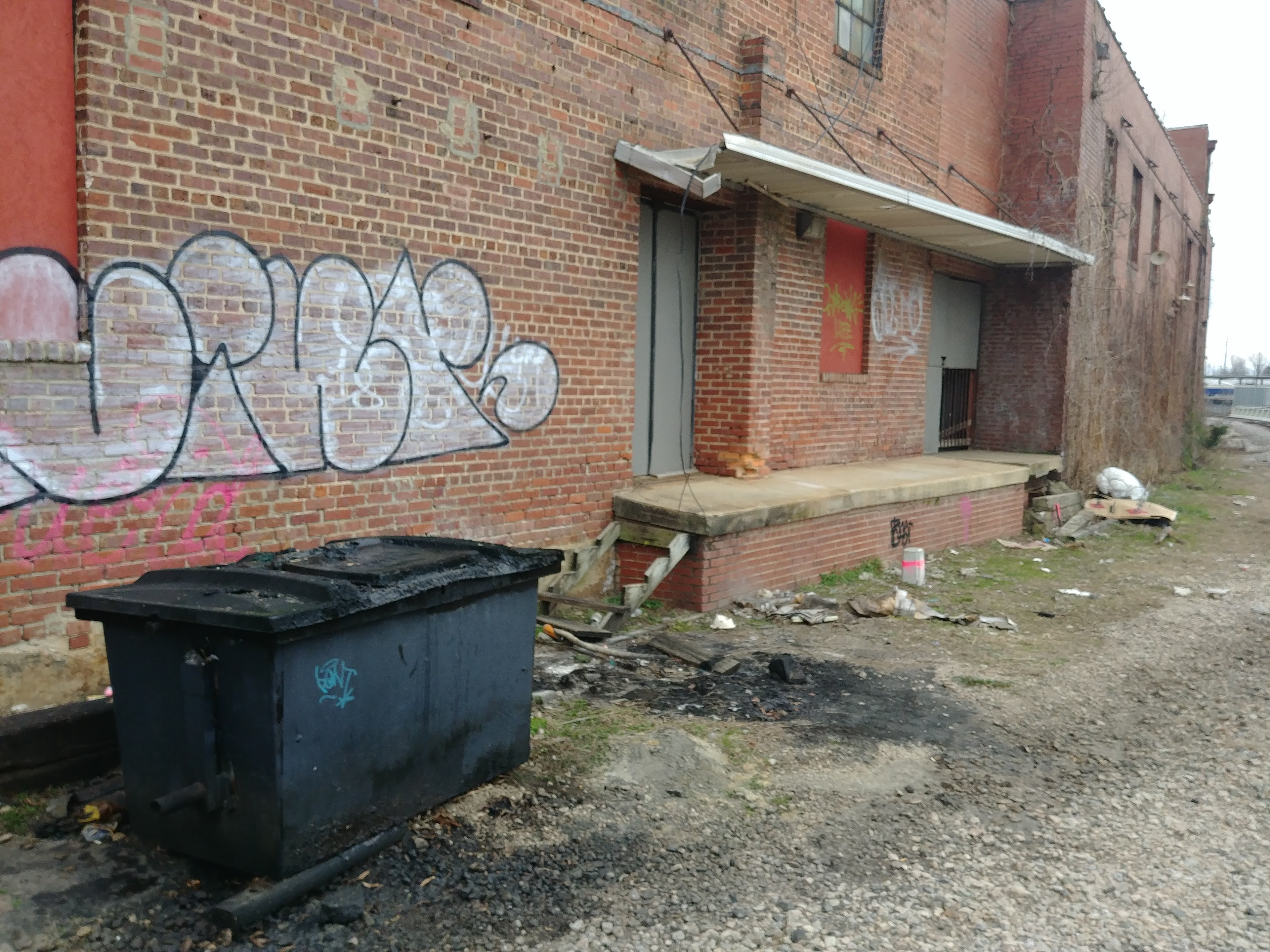
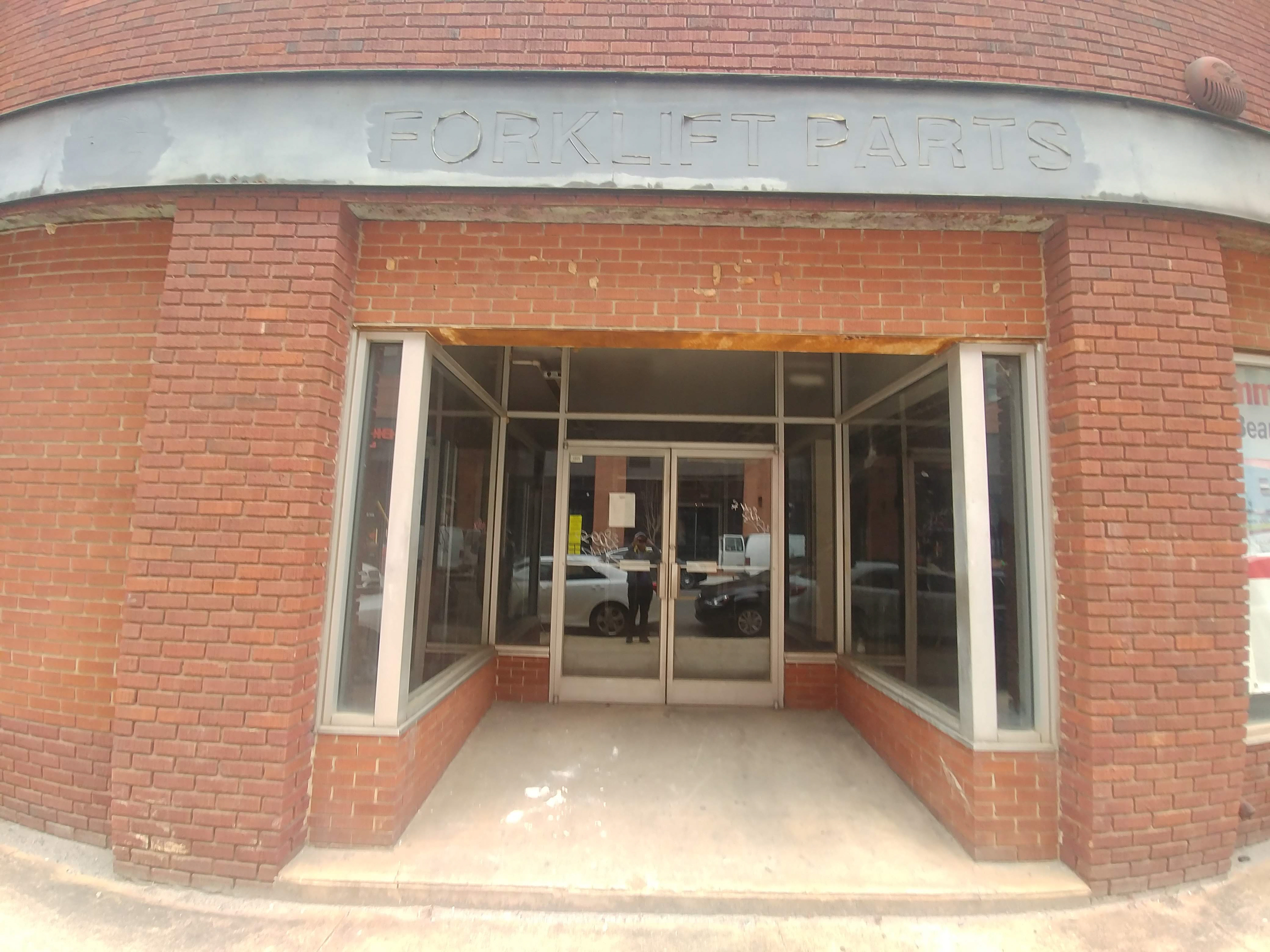
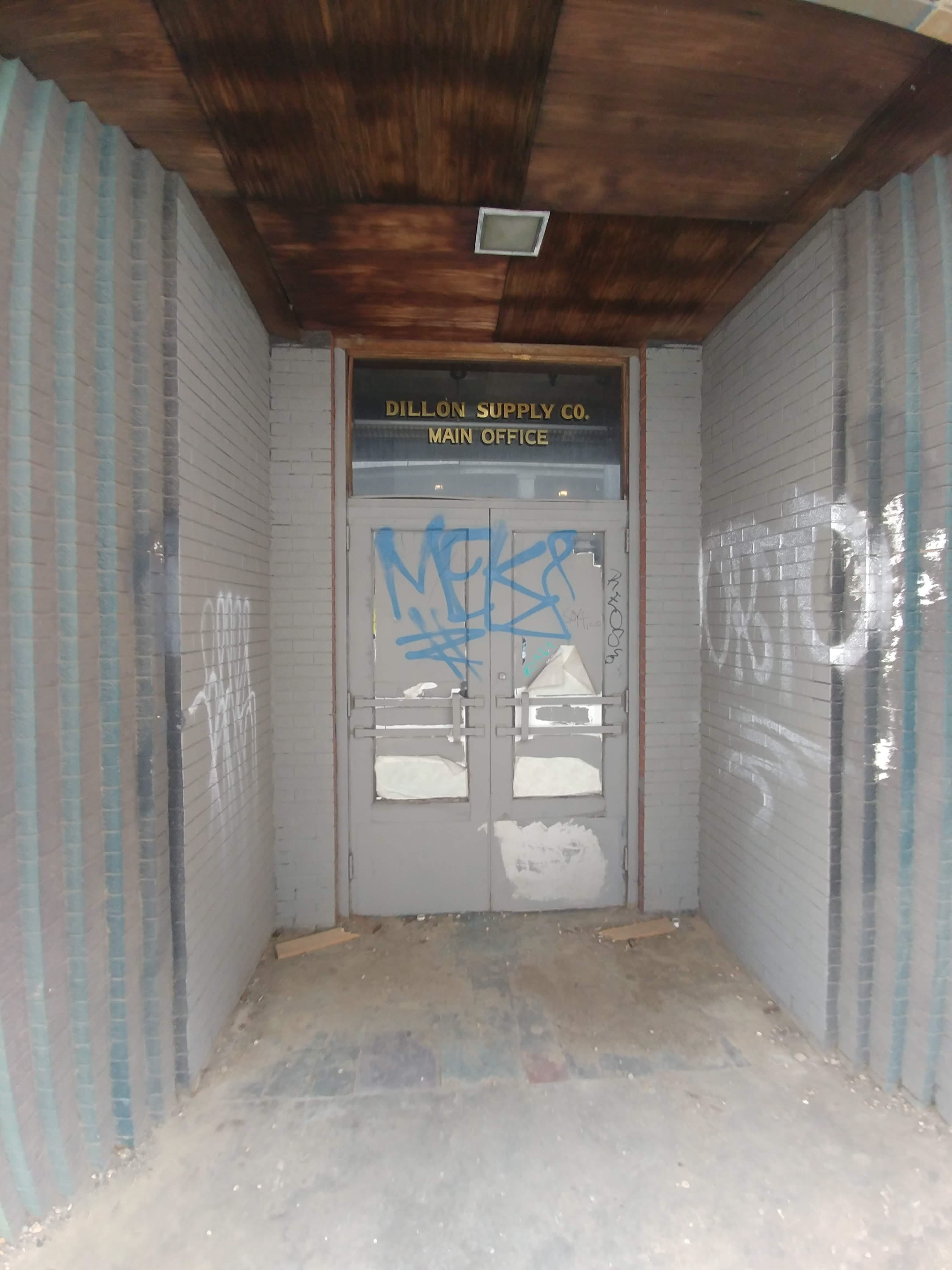
New Mixed-use Spaces
Below are a lot of the new additions of these larger public and semi-public spaces.
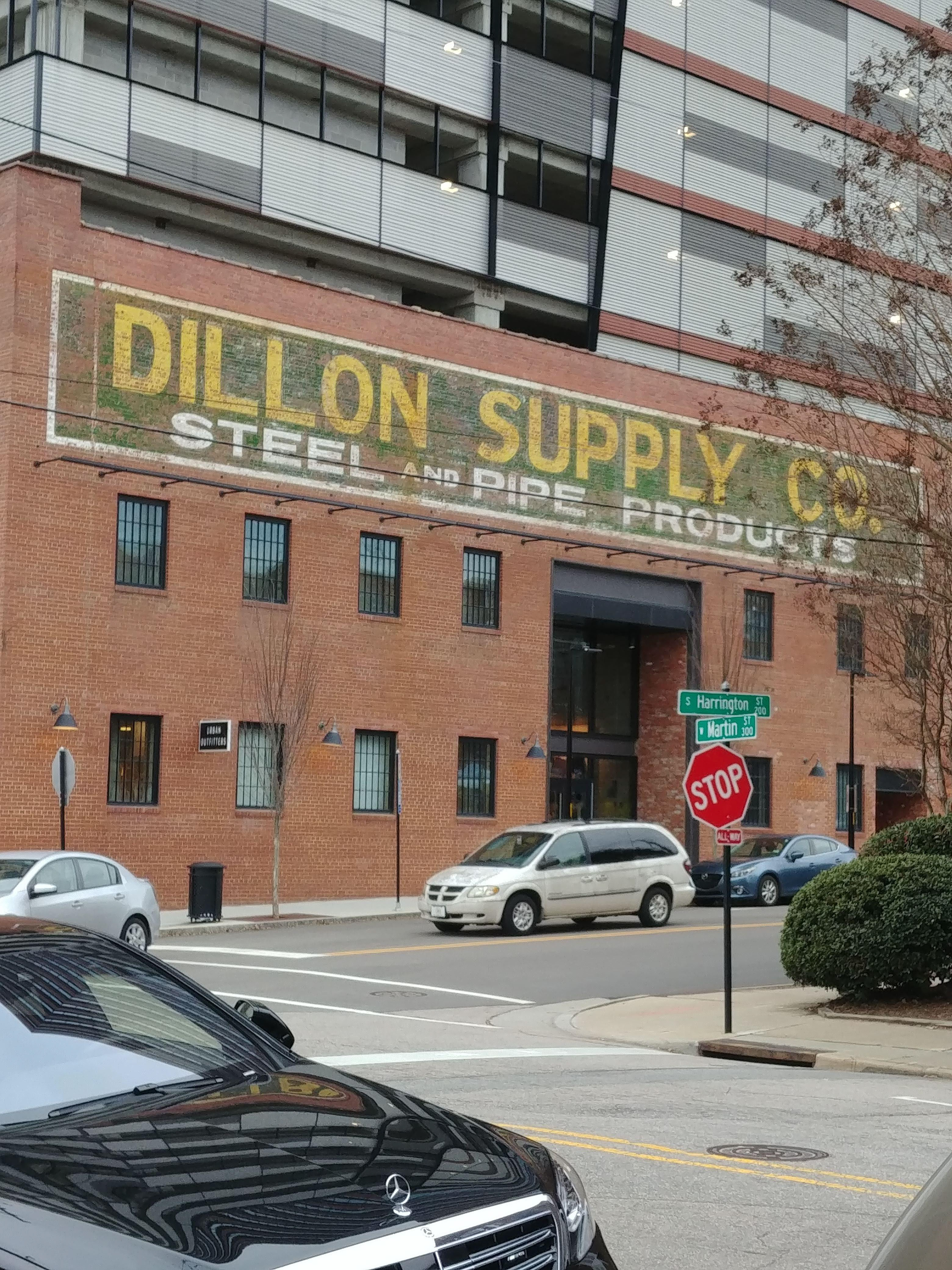
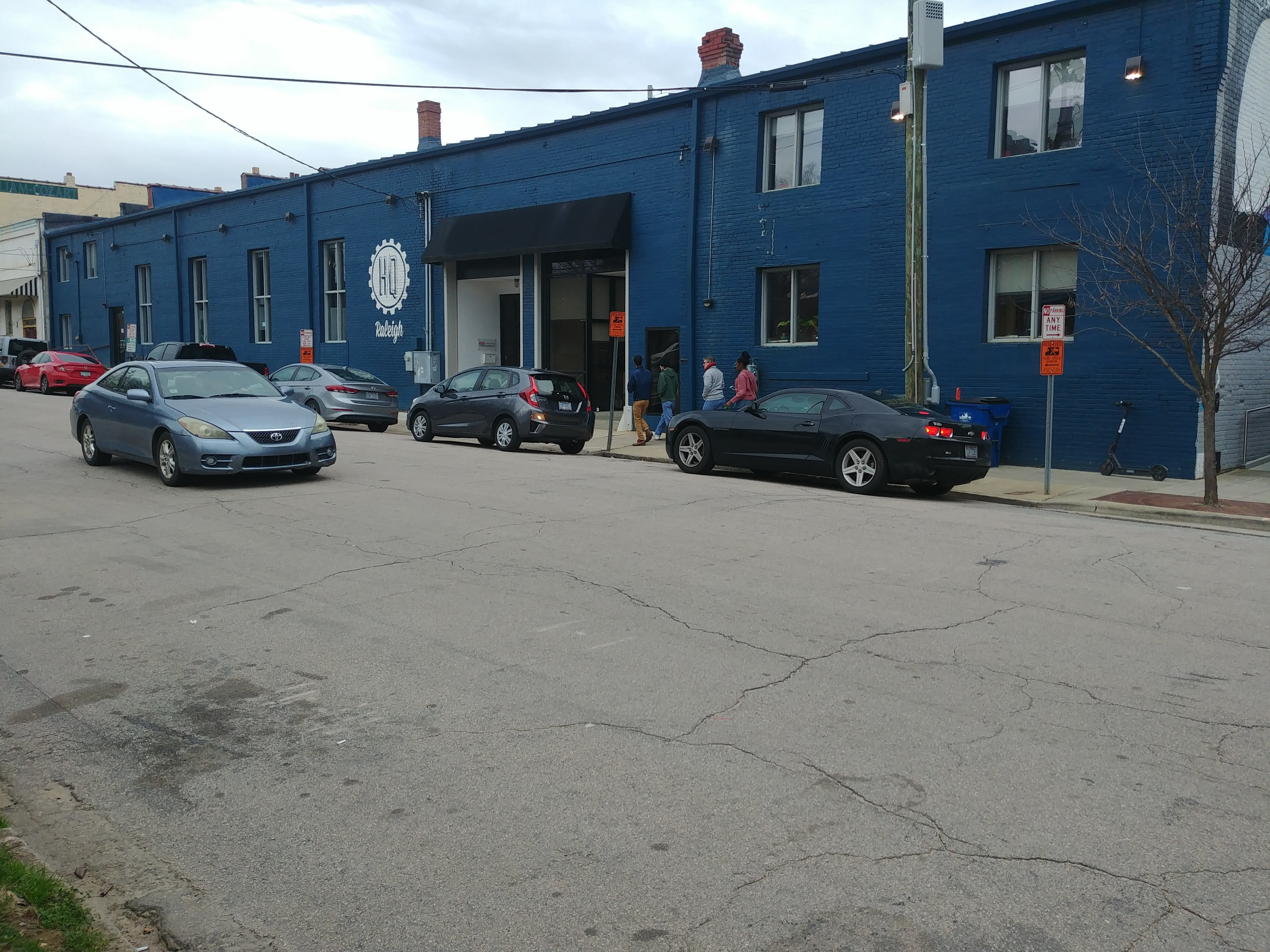
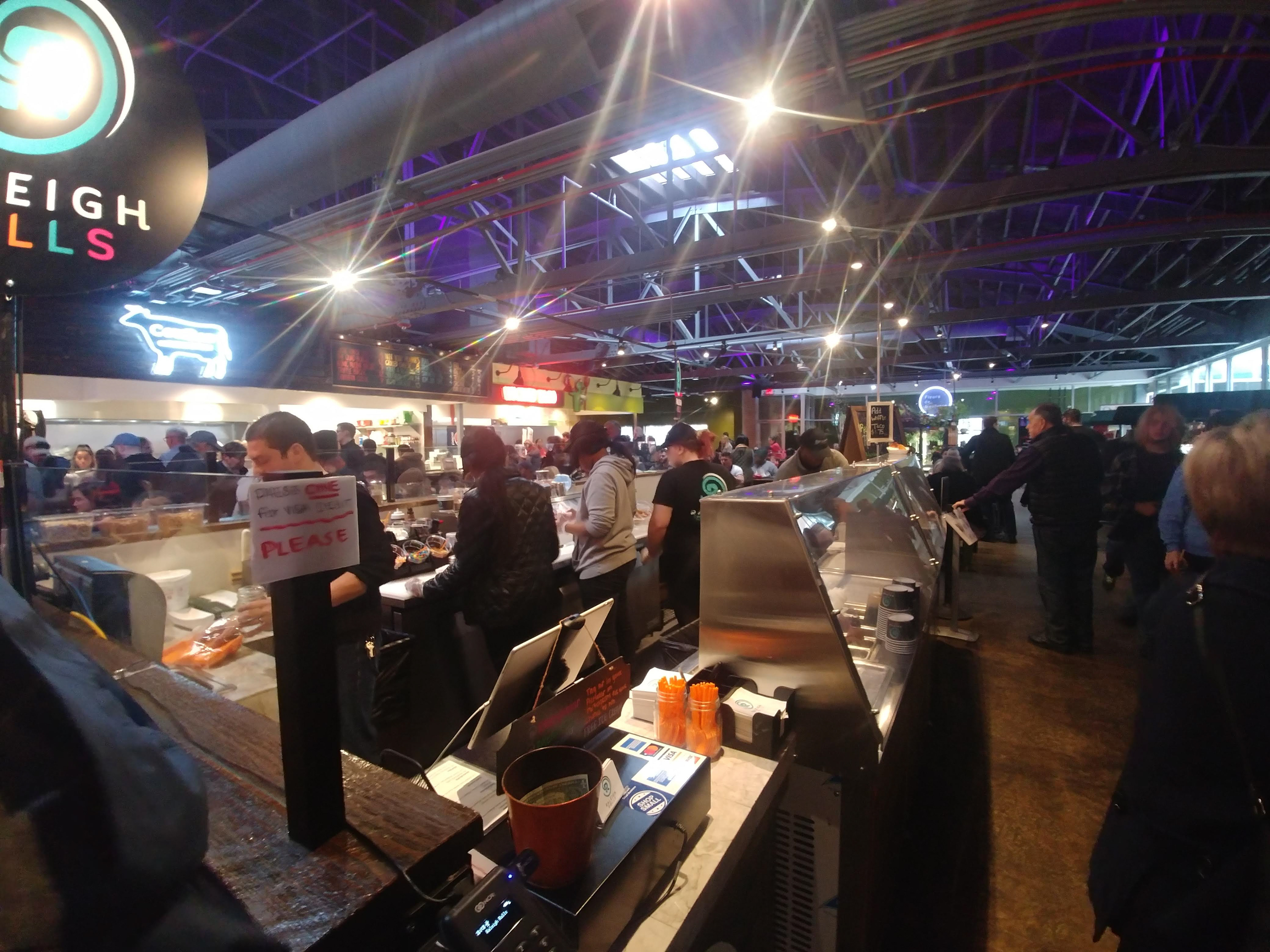
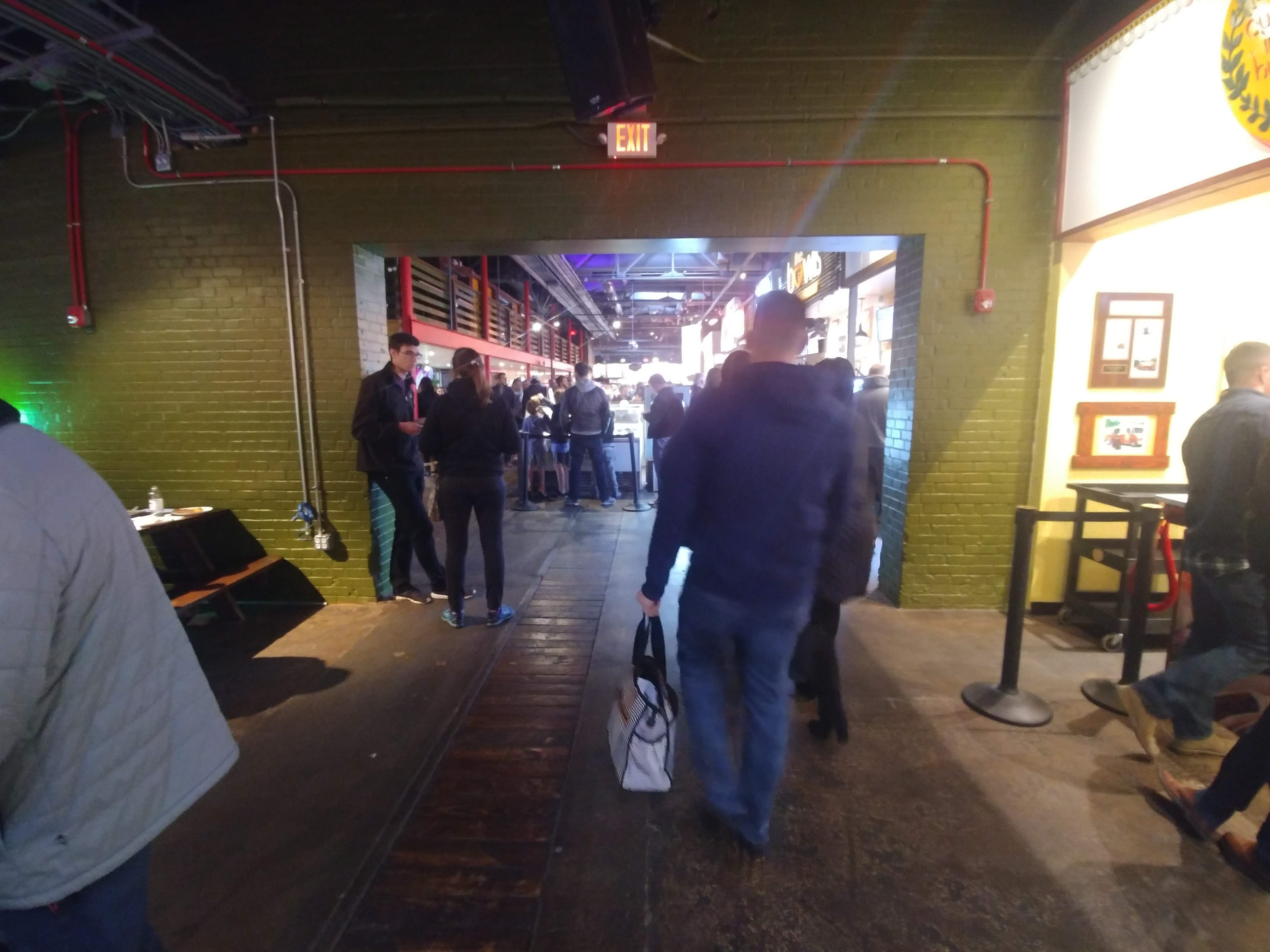
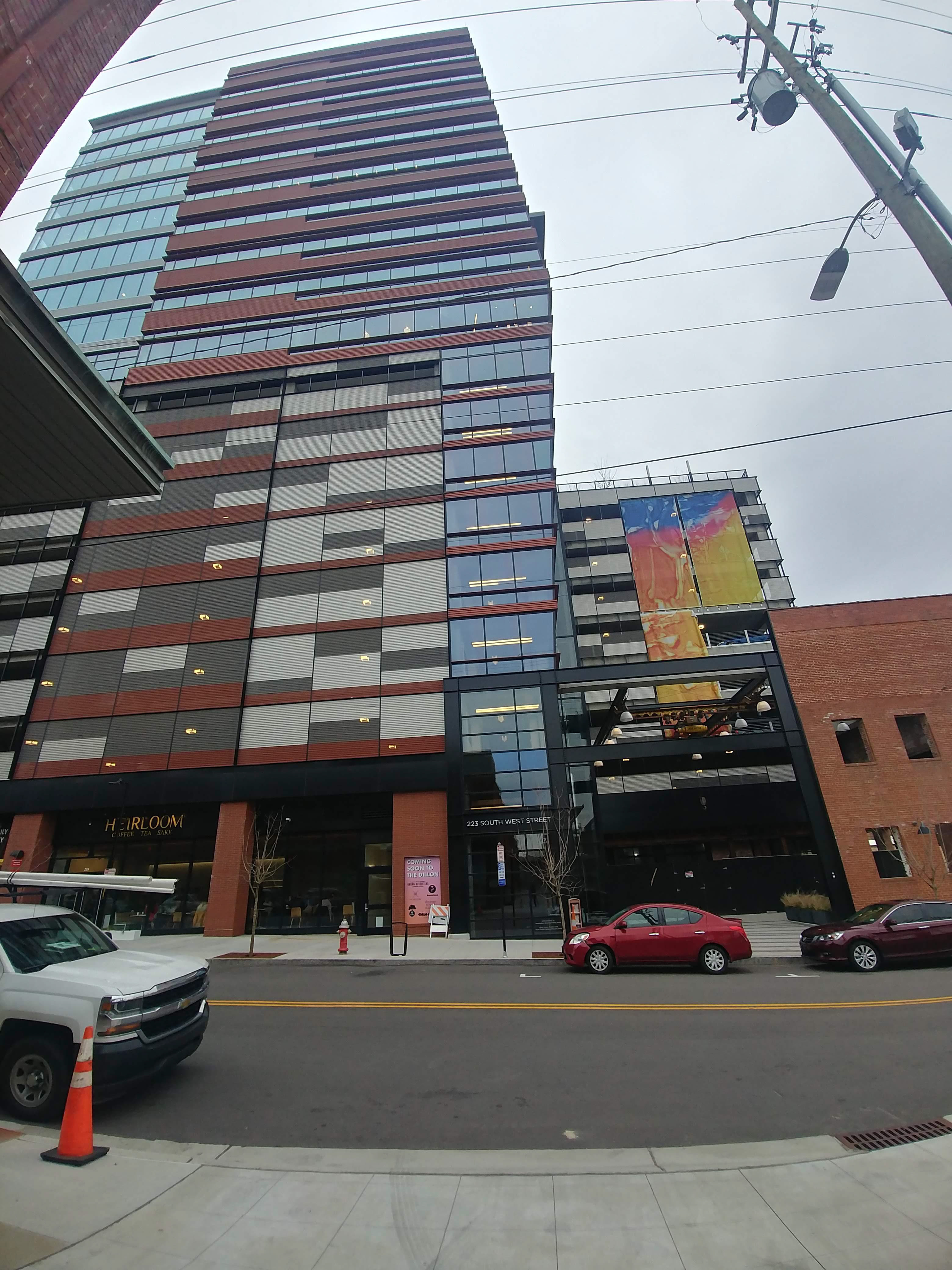
Highlighting these Mixed-use Spaces
It is interesting to look at the Dillon Supply building specifically as a study in this changing mobility. More and more these skyscrapers and buildings are becoming mixed-used, shops and businesses on the bottom, with either office spaces or apartments making up the rest of the building. I think this is a reflection of modern times, it is more efficient and makes sense to cater to a wider audience of people when designing a space like this. This concept definitely touches the idea that access is the prerequisite to using any space. By opening these public shopping and leisure areas, it begins to open the warehouse district to use by all, and not merely just commercial businesses or apartments. Raleigh as a growing city is attempting to make itself more marketable and unique by turning the warehouse district into this mixed-use hub for young-professionals to play and work.
Overall, the changing landscape of the warehouse district seems to be indicative of a general sense of new mobility that Raleigh is wanting to develop. It seems like they want to take the old, and with it culture, and mix it with a new commercialism that encourages growth and more mobile urban center that expands out to the surrounding areas of downtown.